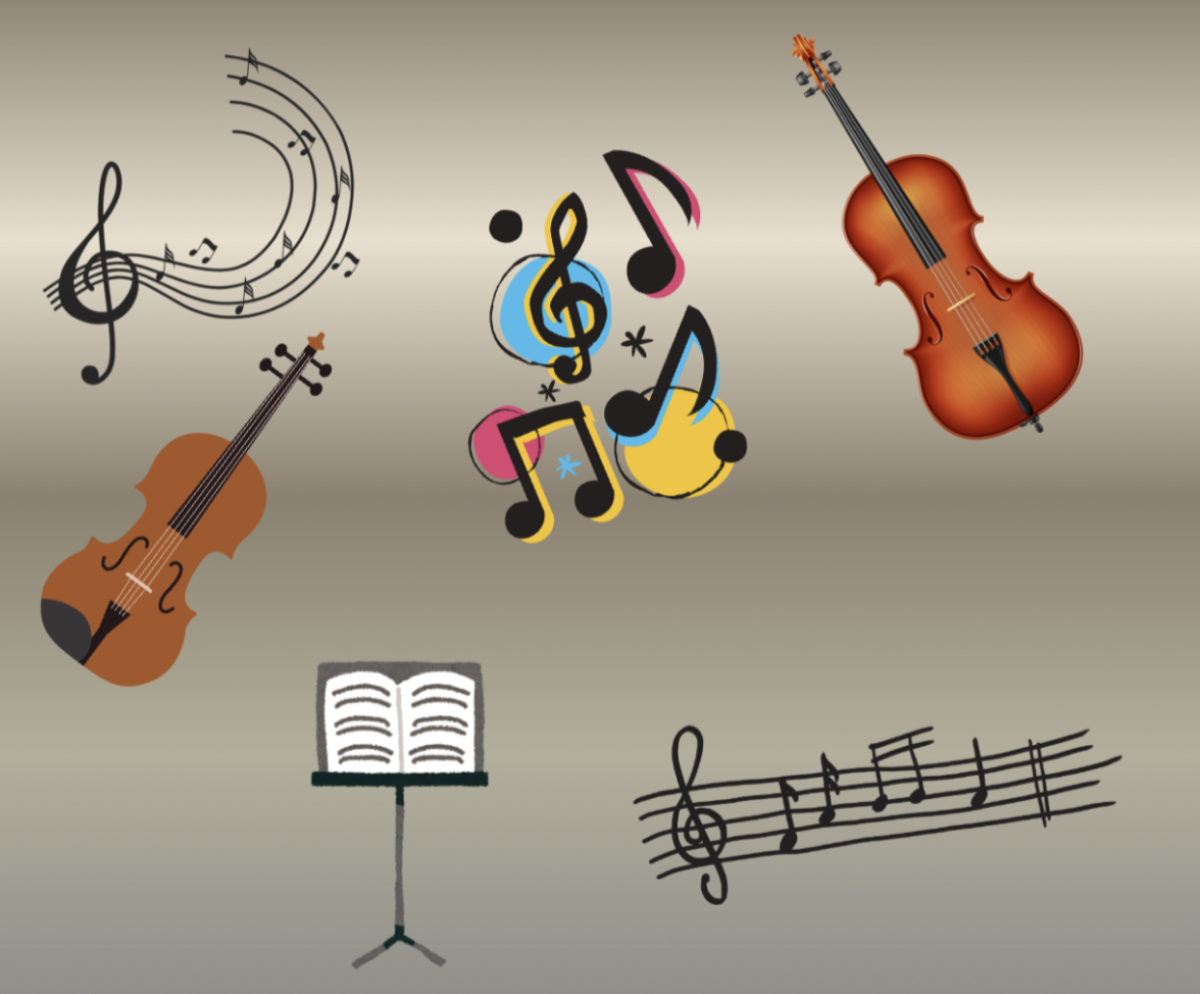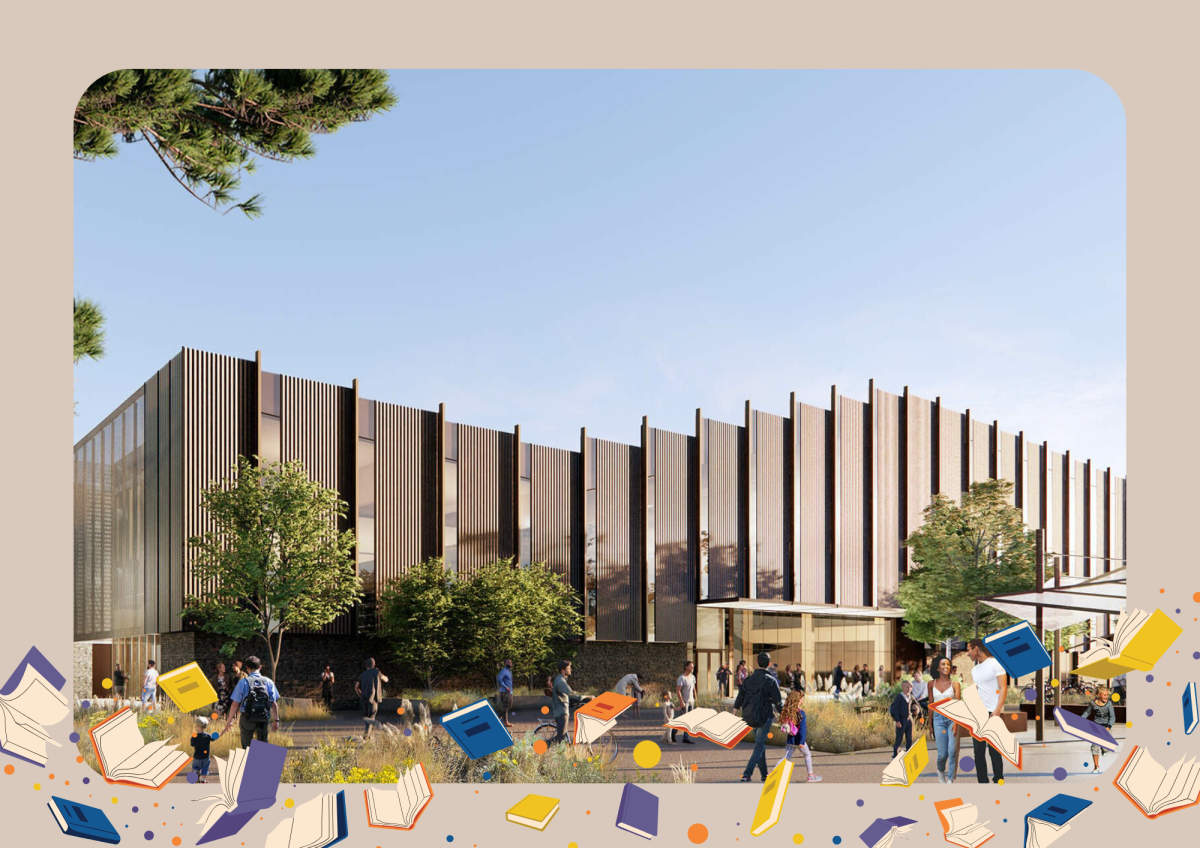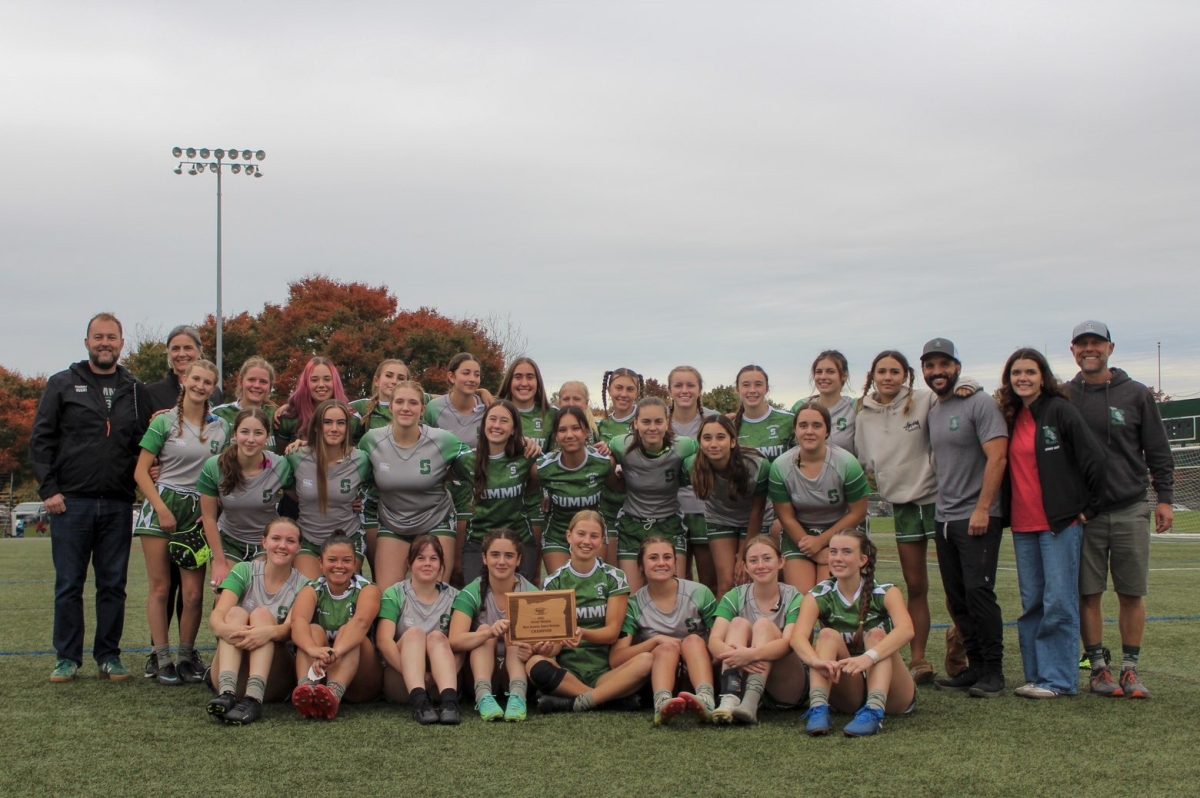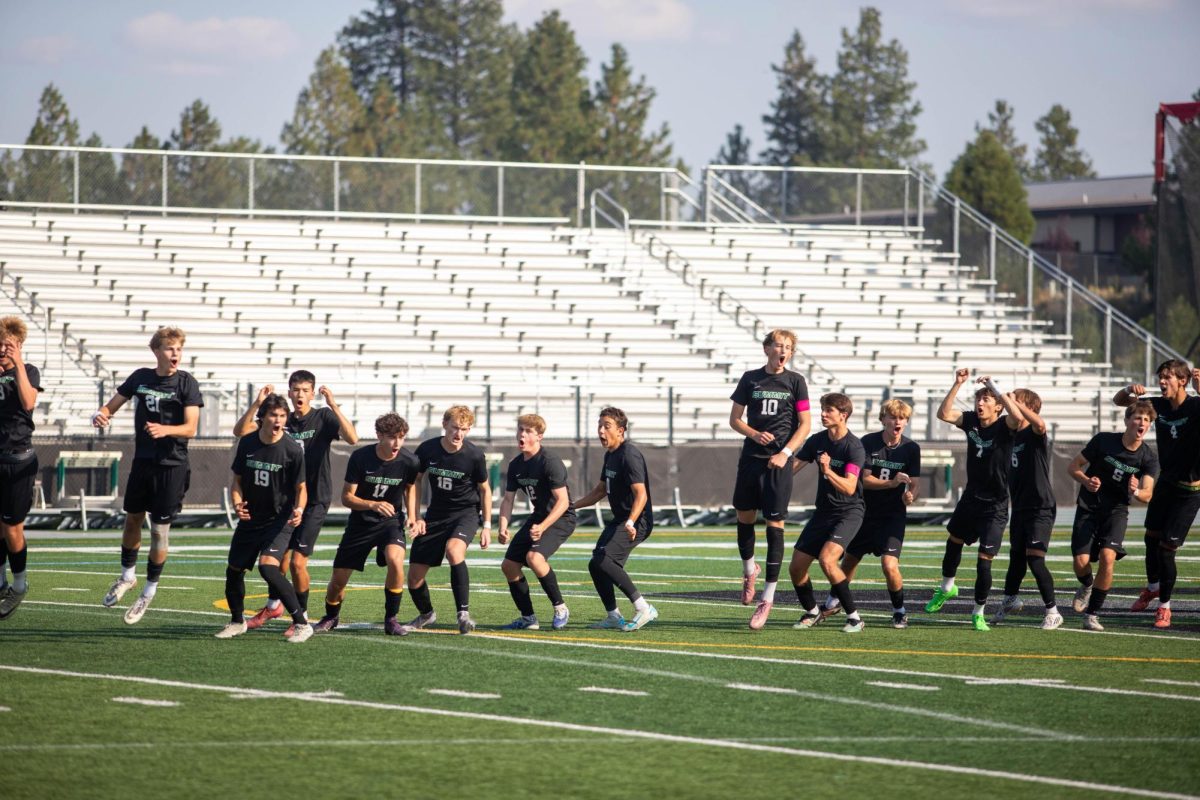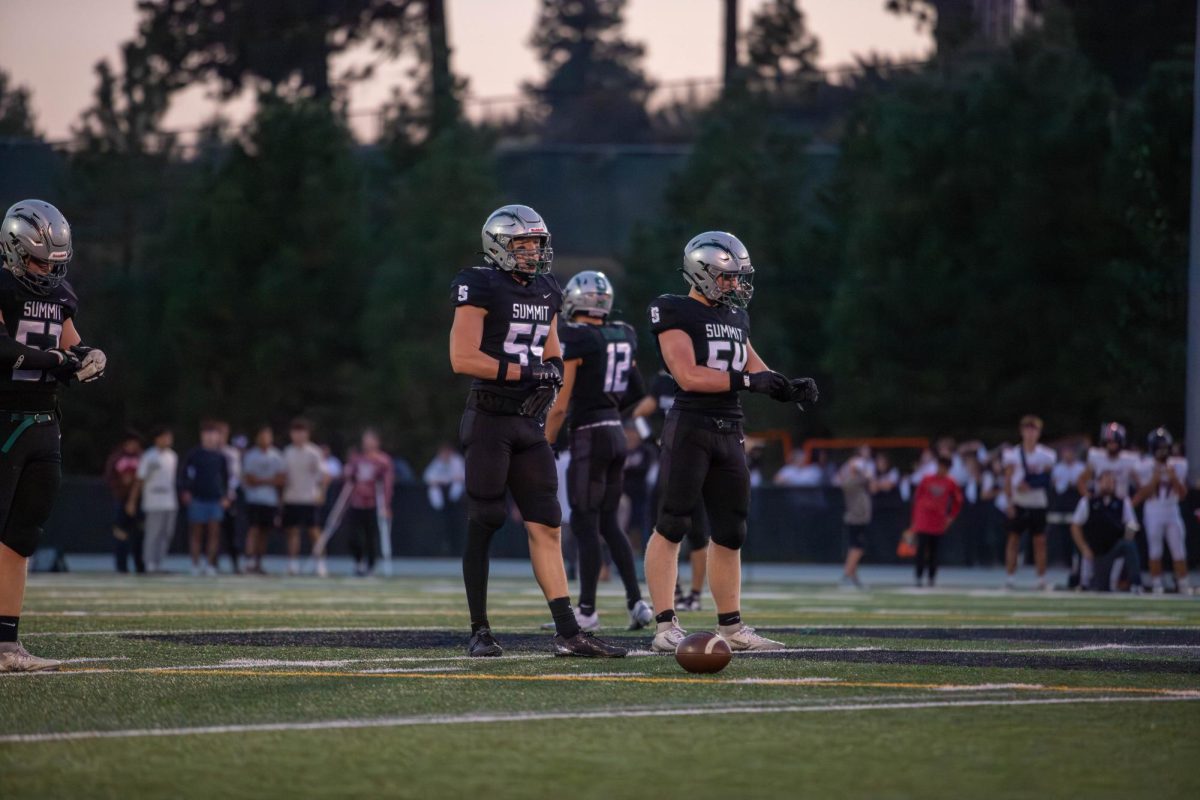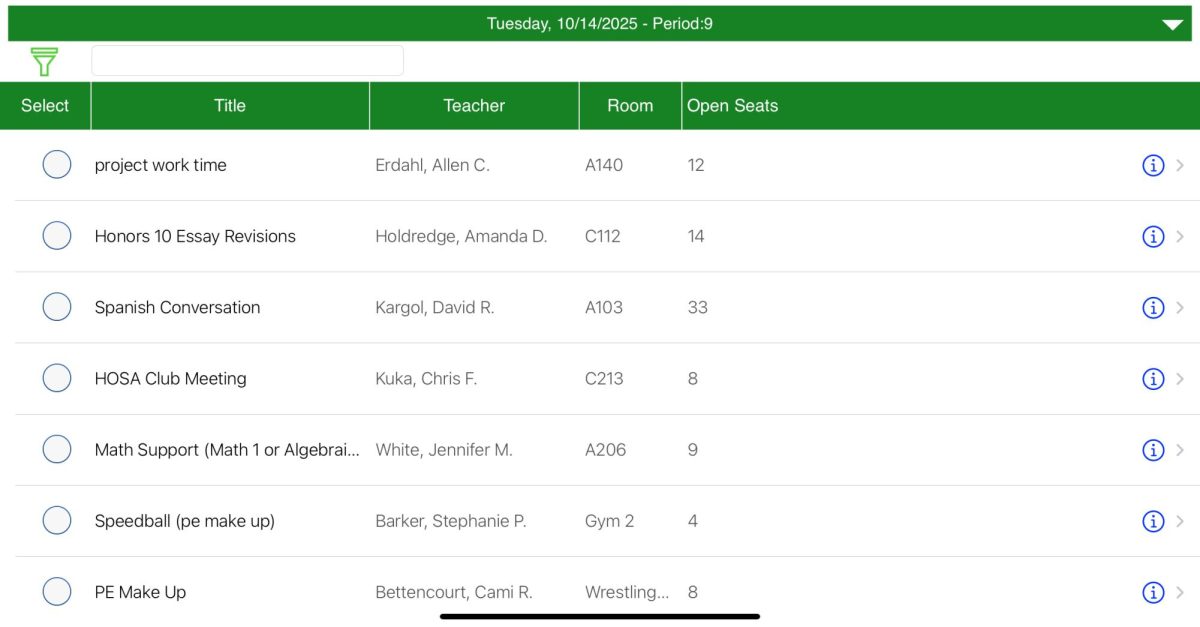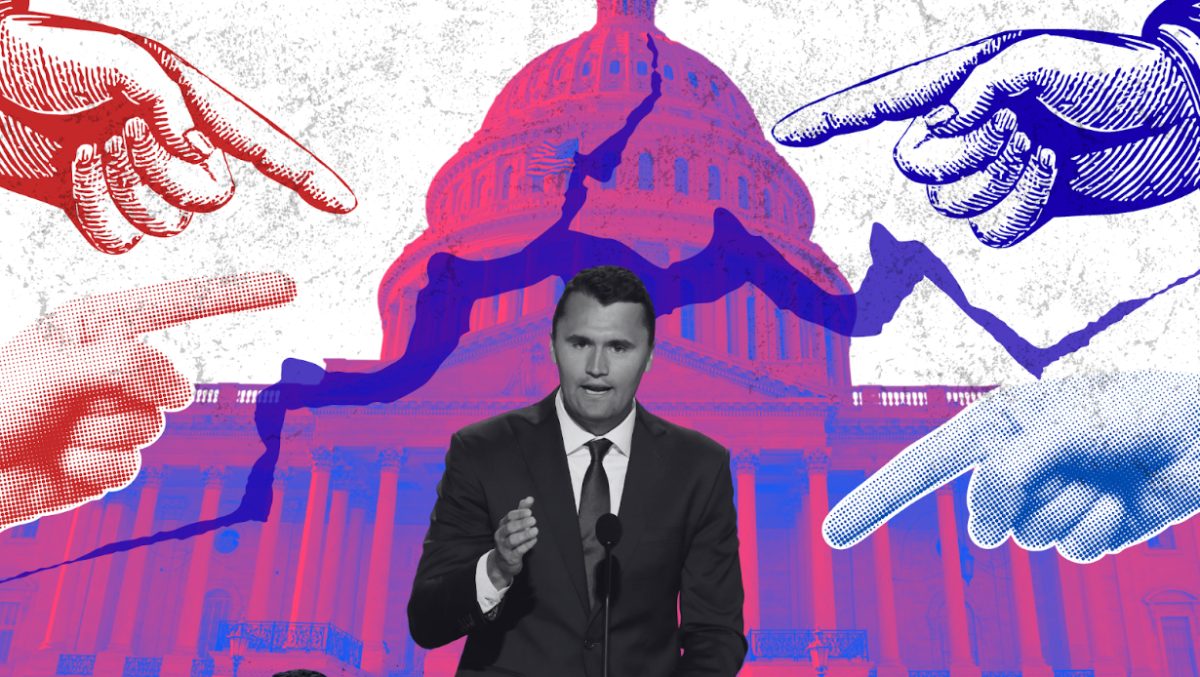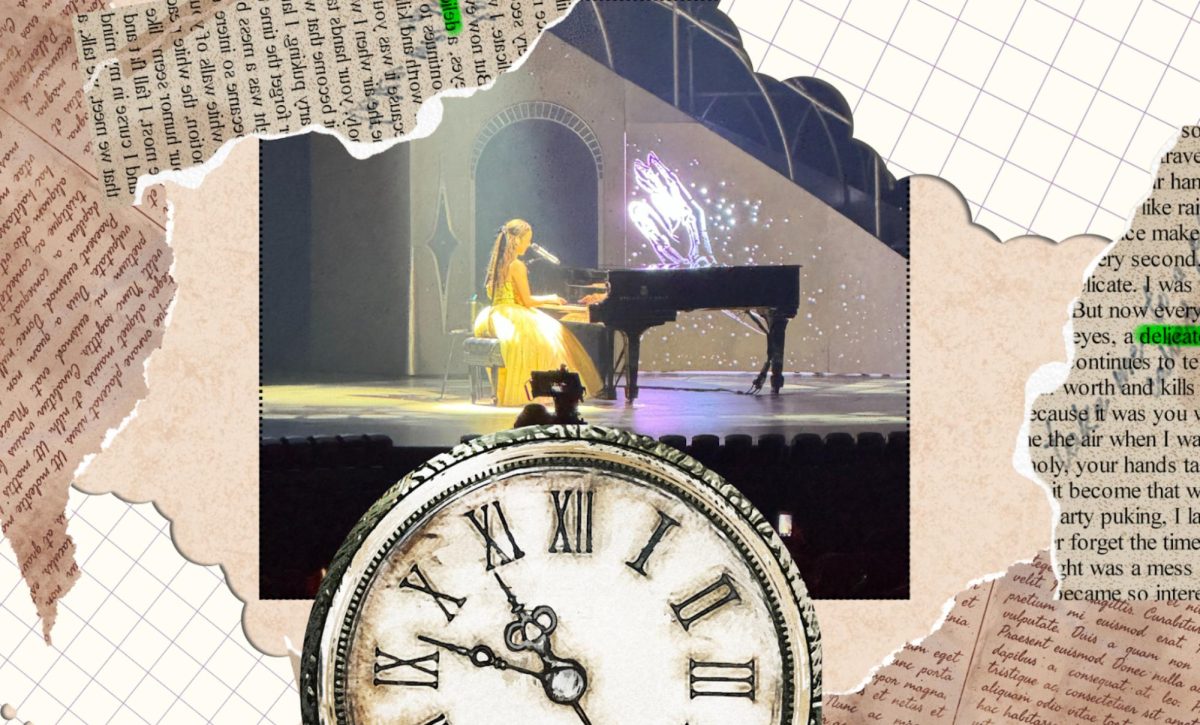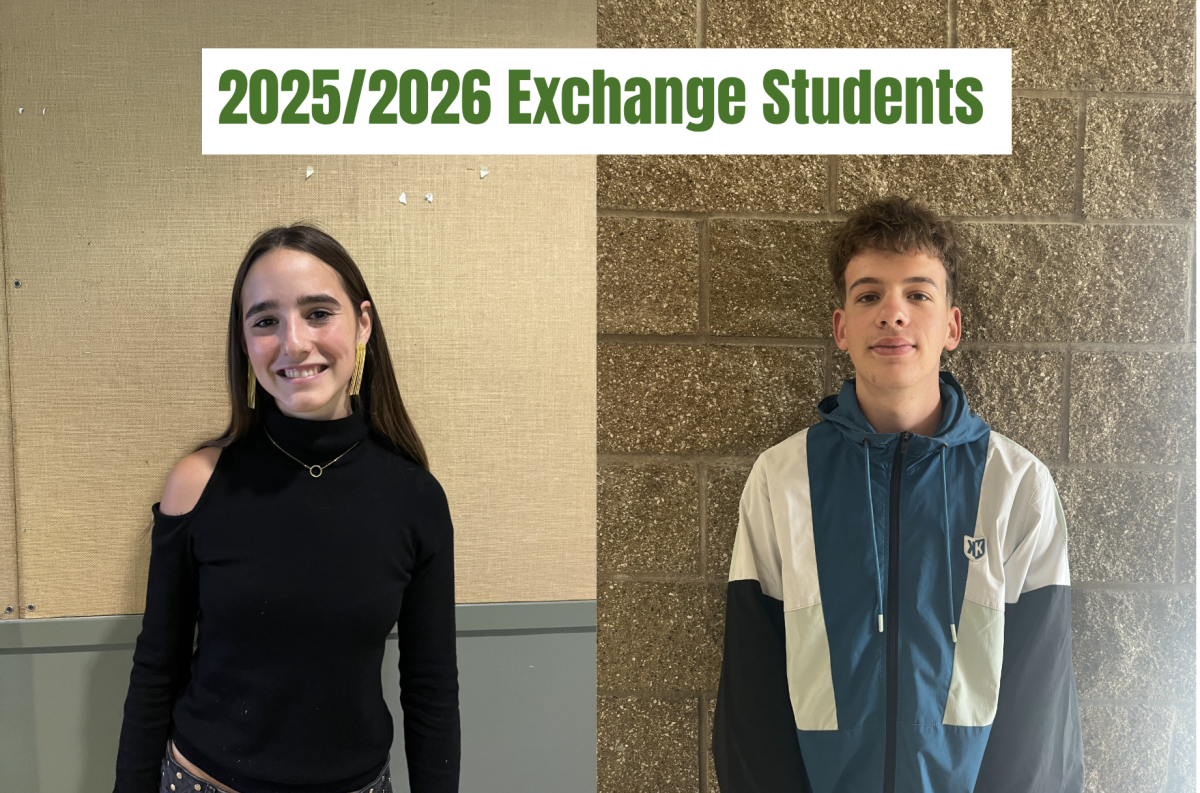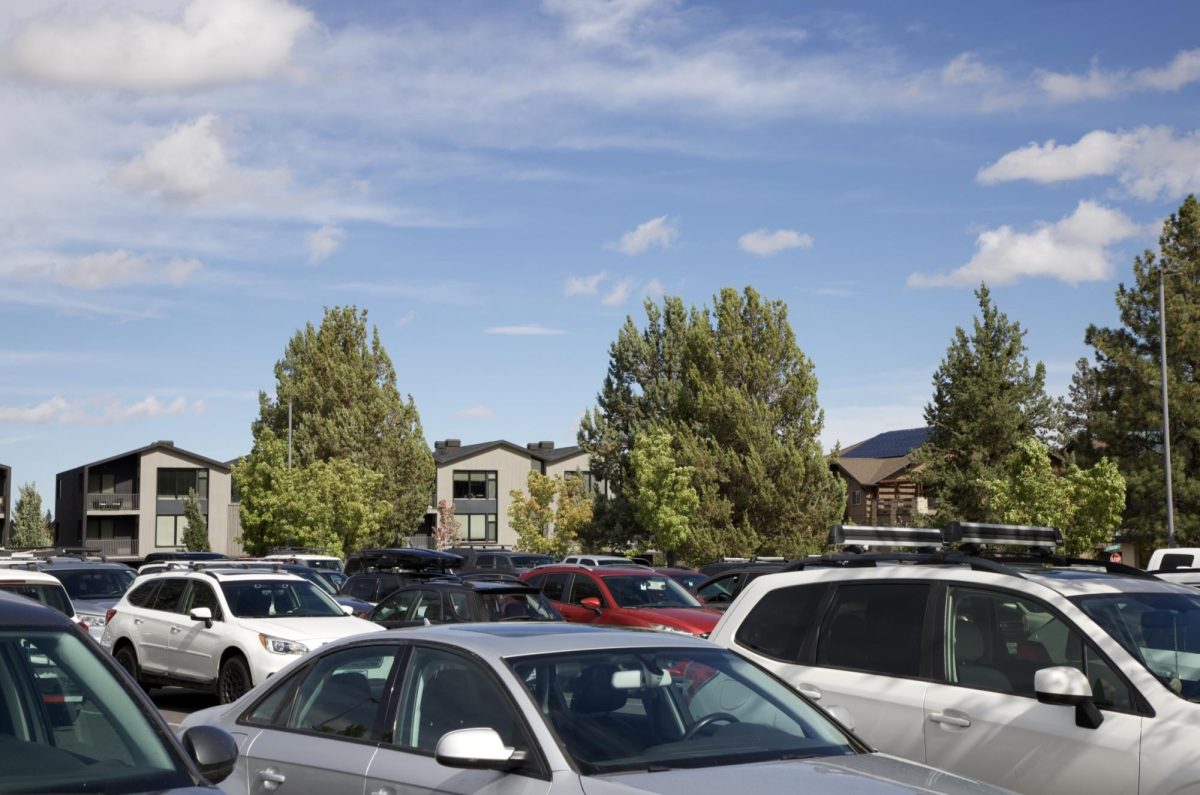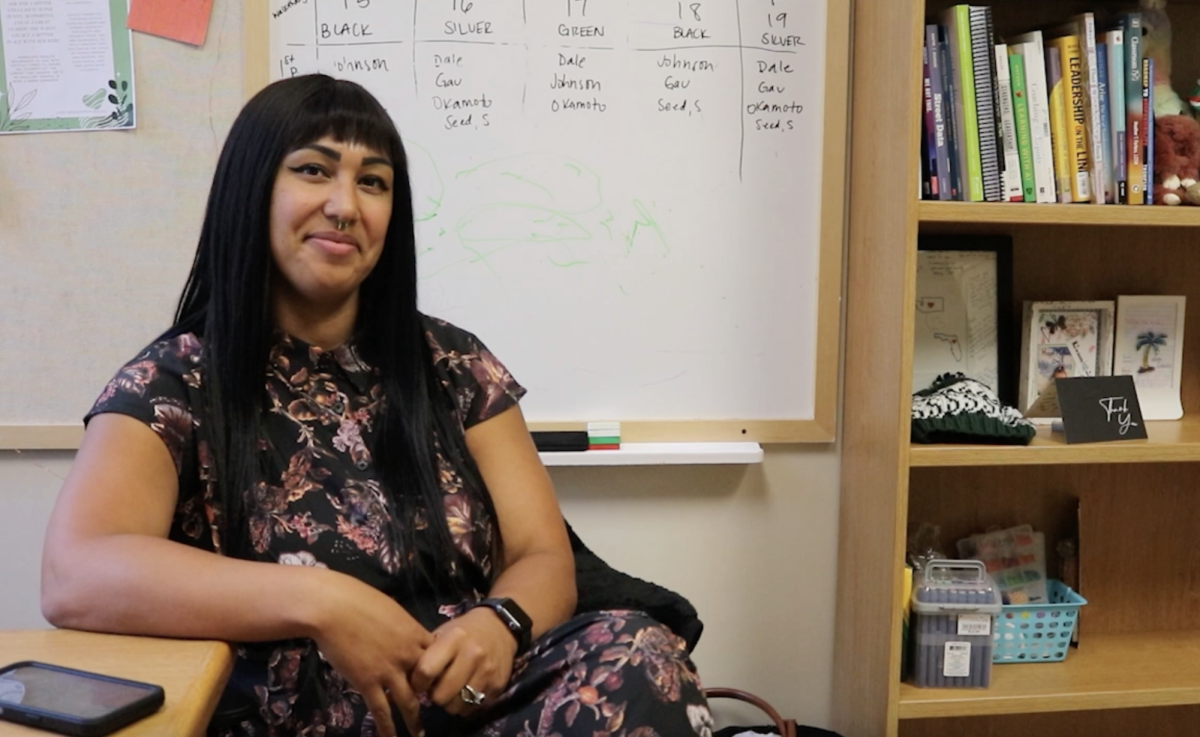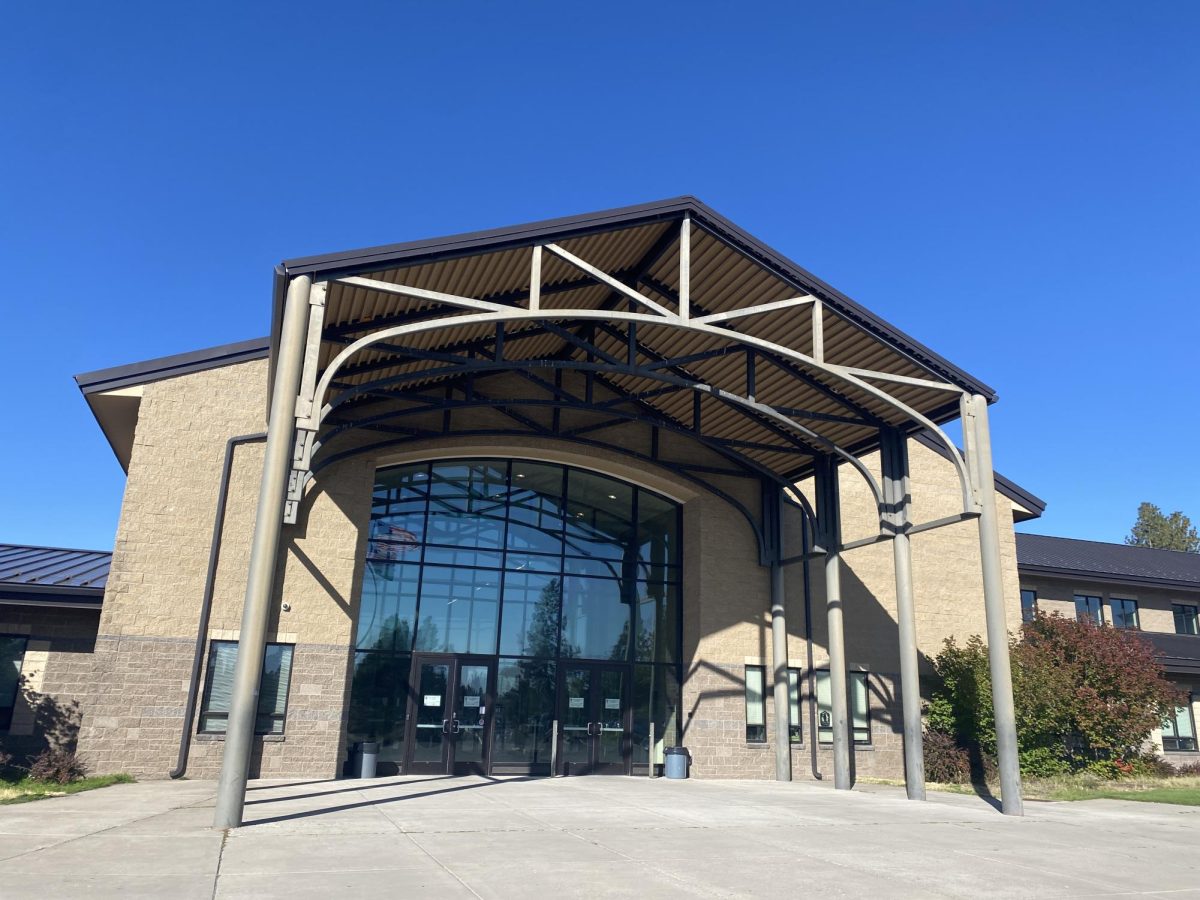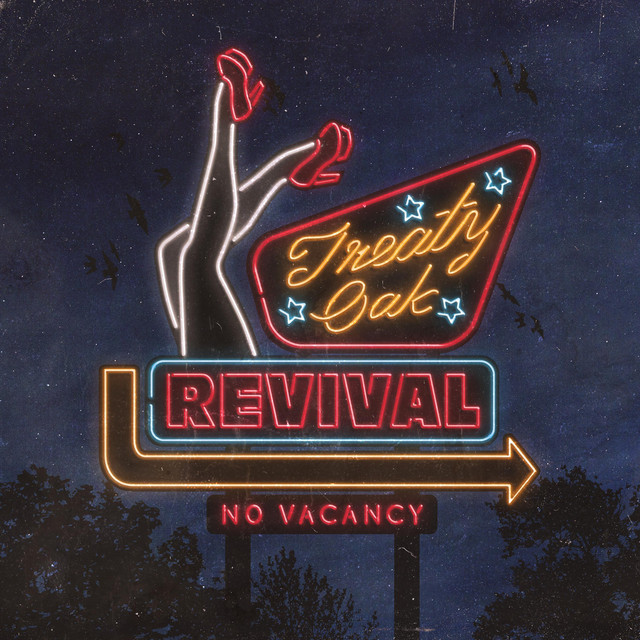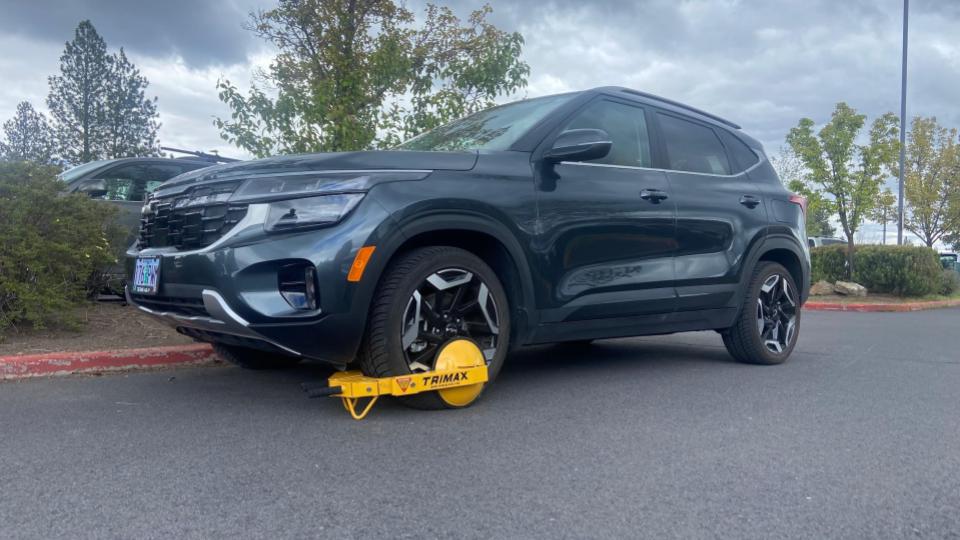You’re already tired from staying up late to do your homework and the last thing you want to do is wake up early and drive to school. Still, you get up when your alarm goes off and make your way to school. You arrive 20 minutes early to try to get a good parking spot only for the whole lot to already be packed full of cars. Your day will probably continue to be rough now that you’re late to your first class, so what’s the harm in parking in a fire lane or maybe up on the grass just for today?
This has become a very realistic and daily issue for many upperclassmen at Summit during this semester. With the influx of sophomores getting their licenses and driving themselves to school, the parking lot has become very crowded. According to Officer Dan, the school is no longer checking parking passes to kick out sophomores unless a faculty member knows the sophomore who drives the car.
Officer Dan expanded on this by explaining how many upperclassmen lost their parking passes. The new parking passes this year did not stick well to peoples’ cars, so they’ve been somewhat disregarded and most likely will be replaced next year.
With little room in the parking lot, many people have resorted to parking on the grass or by red curbs. Although this doesn’t pose imminent danger, it does make it more difficult for people to drive in the parking lot and could pose a problem in the case that emergency vehicles need to park at the school.
“Rules exist for a reason, [and breaking them] affects everyone,” said Officer Dan in a conversation about why it’s important for students to follow parking rules.
For your first parking violation, you get a warning note on your car. After that, your car gets a boot and you will be fined $35 to get it removed from your vehicle. The more violations after this, the price will continue to increase.
It is a problem that our parking lot is the size it is with the number of students we have who drive. And with limited resources and cement regulations, it makes it unlikely Summit will expand parking in the near future.

